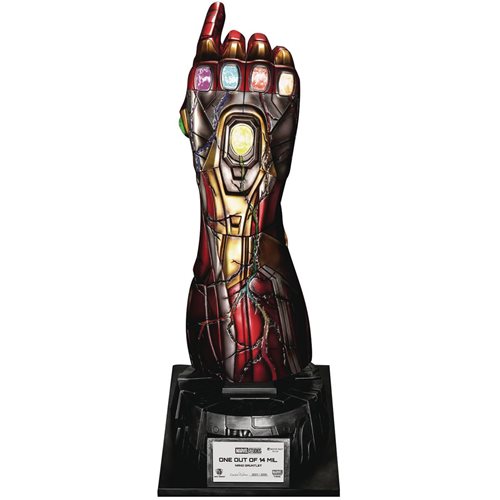3D Geek Alert: Stereo Future of Web Sites
MarketSaw 3D
*Please note that it’s best to view this in the most up to date version of your preferred web browser.
First, lets looks at what HTML5 and CSS3 does. For those unfamiliar with HTML (Hyper Text Markup Language) or CSS (Cascading Style Sheets), the simple definitions are as follows:
HTML: a language for describing web pages. CSS: defines how to display (the look and formatting) HTML elements written in markup language.
To read further about them check out the Wikipedia pages for HTML and/or CSS. HTML5 and CSS3 are enhancements on these standard web tools. As you can gather the 5 in HTML5 stands for the Fifth Revision of HTML, and the 3 in CSS3 stands for the Third Revision of CSS.
With HTML5 the need for Flash Video is no longer necessary, and video can be embedded seamlessly. This also means that mobile devices and computers both can display the video natively. HTML5 video can be customized with CSS3 to display controls designed specifically for that website, or to drop a reflection of that video below it. Major video sharing websites like Vimeo or YouTube now display their videos in HTML5 and allow users to embed those videos by providing the HTML5 code. YouTube is now able to provide stereoscopic videos with their Stereo HTML5 Video Player. Thus stereo 3D video is no problem on the web now. All that’s needed is a 3D capably display.
Then there’s CSS3. I’ve found several cool examples on how CSS3 has allowed web designers more control of their sites to style them in new visual ways. One really cool example is this site BeerCamp, where instead of scrolling visitors can travel forward and backward in z-space. That’s one example, and on this page we have another up above: the spinning MarketSaw and HTML5 logos (if they aren't working properly update your web browser). Being able to place web objects in z-space is integral to taking it forward towards being displayed stereoscopically.
Ray Zone’s official website can be viewed in stereo using anaglyph glasses because he made the background and the images anaglyph images. That’s a means for displaying a website in stereo before CSS3. Now however, all it will take is coding markup for the site to display the other eye images if it reads the display as being capable of displaying stereo 3D. It might be the next iteration of HTML & CSS, but it will be HTML and CSS that manages it. However, it's still a short distance off.
It will take some complex mathematical algorithms for the web page to look at a visitor's display and determine whether it's 3D capable. That complex algorithm is something web developers will need to hide as part of the browser, and leave it out of web designers hands. All web designer's are going to need is to provide images and web-based media in two files (left and right eye) so that the browser can display the second eye if it's a 3D-capable screen. The browser will need to be able to display only one eye in the event of a 2D display. Once this is possible, then we'll be seeing stereoscopic 3D websites pop up all over the world.
There's a future for the web in stereoscopic 3D! It may not be available tomorrow, but it will be coming soon. The web is about to get a whole lot bigger.




